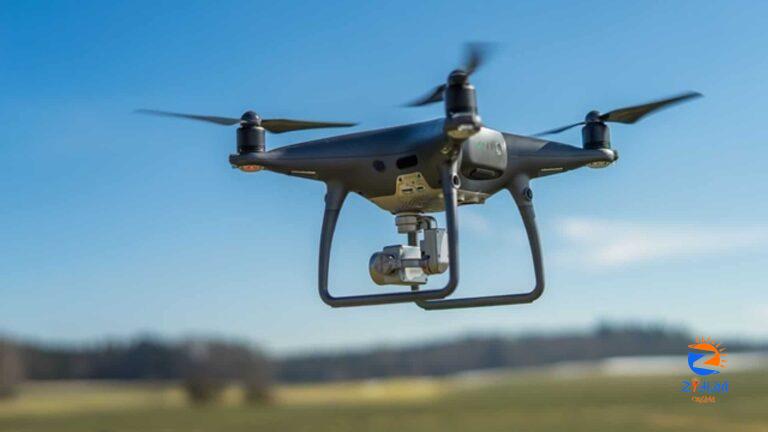
[ad_1]
A team of Chinese scientists has achieved a significant breakthrough in drone technology, creating a fleet of drones capable of engaging in “group chats” to discuss tasks and collaborate, much like real human teams.
This innovation could have far-reaching applications in enhancing security patrols, disaster rescue operations and aerial logistics, according to a report in the South China Morning Post.
Typically, communication within drone swarms is inspired by the behaviour of bee and ant colonies. In contrast, the Chinese researchers have developed swarms that can converse and cooperate like humans, SCMP said in the report. This approach opens up new possibilities for seamless communication and collaboration among drones.
Where can it be used?
The researchers believe this technology can be harnessed to improve various sectors, including security patrols, disaster relief efforts, and aerial logistics. By enabling drones to engage in dialogue and teamwork, the technology has the potential to significantly enhance their capabilities and overall performance in various domains.
A notable advantage of these conversational drones is the transparency they offer in terms of their decision-making processes. This transparency allows researchers and operators to gain a better understanding of the drones’ behaviour, which can be crucial for optimising their performance and safety.
Who made this innovation?
This groundbreaking technology is the result of the work of Li Xuelong and his team at the School of Artificial Intelligence, Optics, and Electronics at Northwestern Polytechnical University in Shaanxi province. Their work represents an exciting integration of large language models, such as ChatGPT, into practical applications, effectively bringing them to life.
A demonstration video from the researchers showcases the capabilities of these conversational drones. In the video, a team of five drones collaborates to locate a set of keys in an outdoor park. The drones exhibit human-like dialogue interaction, proactive environmental awareness, and autonomous entity control. The latter involves the drones’ ability to adjust their flight status in real-time based on environmental feedback.
Also watch | Albanese-Xi Jinping meet is the first of its kind in over 7 years
‘Human-like’ dialogue
The key feature of these drones is their “human brain,” which enables them to communicate with each other using natural language.
This capacity was developed based on an open-source large language model called InternLM. It allows for seamless communication between operators and drones, bridging the gap between humans and machines.
In the key-finding experiment shown in the demonstration, the drones independently decided how to divide tasks.
Three of them offered their search capabilities, while the other two, equipped with grippers, volunteered to retrieve the keys. They also shared images via the group chat for confirmation. This dialogue-driven decision-making process significantly enhances the stability and safety of complex task execution.
(With inputs from agencies)
[ad_2]